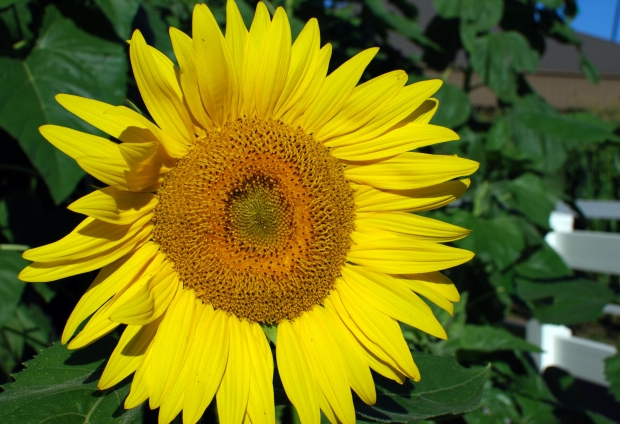 Loading... Please wait...
Loading... Please wait...Save Money. Grow Your Own!
Fast Plain Box Shipping.
We ship to the US & Canada.
Grow Your Own!
Introduction to Outdoor Hydroponics (without a Greenhouse)
Posted on 15th Dec 2015
So you want to try hydroponics outside, and you don't have a greenhouse set up. Some people think this really isn't a common way to do hydroponics, but quite a few growers utilize the great outdoors while also feeding plants with water-based systems. You just have to know how to do it.

Some of the basics for outdoor hydroponics involve treating plants as if they're in traditional soil-based systems -- except that they just get their nutrients differently. You have to plan the way you would for traditional gardens. The only difference is that instead of worrying about what's in the soil, you have to worry about what's in the hydroponic nutrients.
Natural Light
In one major way, outdoor hydroponics is very refreshing. It means you don't have to mess around with hydroponic grow lights.
Manufacturers have made great advances in hydroponic grow lights in the last few years, and they've made them to nourish plants with specific luminosity and light spectra, but nothing really replaces the power of the sun. Plants get direct sunlight and soak it in, in order for vibrant photosynthesis to occur. This is one of the high points of raising hydroponic plants outdoors -- in addition, there are some particular challenges.
The Grow Season
One of the biggest downsides to outdoor hydroponics is the limited grow season. If you live in a temperate climate, you're going to get frost for about five or six or seven months of the year. That means you have to either bring plants inside, build in a greenhouse, or stop growing. There are some types of plants that thrive in cooler temperatures, such as certain types of greens and green vegetables. However, with outdoor hydroponics, you’re not getting the value of a closed interior system that can grow things like tomatoes and cucumbers year round.
Pests
In outdoor hydroponics, you're still going to have to look out for aphids, white flies, fungus gnats and all of those other tiny bugs that can really decimate plants. Whether you're growing tomatoes, kale, or lettuce or cabbage, or nearly anything else, you have to look at how pests naturally attack plants and fix the problems that could threaten plant health. By contrast, in a closed hydroponic system, plants may be inherently protected.
Plant Media
Most outdoor hydroponic systems have the same design for irrigation as indoor ones -- growers use sterile media plant pots and run water through in order to nourish plant roots. What this means is that outdoor hydroponics growers don't have to worry about weeds. So they don't have to apply herbicides or hoe rows. That’s one point to be made for this kind of gardening -- you get the outdoor sun and rain, but you don't get the weeds.
For more on everything that hydroponics makes possible, check out the Dealzer website and browse our thousands of pieces of equipment to get what you need to grow.
